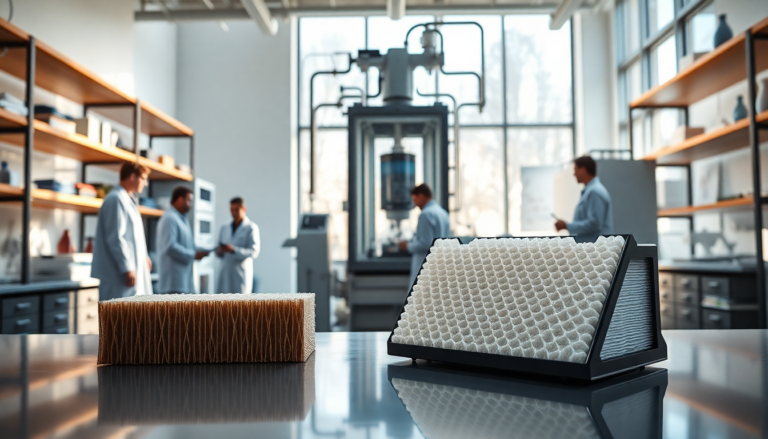Argomenti trattati
In an exciting development, researchers from South Korea have introduced a groundbreaking filtration technology that takes cues from nature. This innovative approach utilizes bioinspired designs to create oil-coated filters that far surpass traditional options. But what does this mean for us? The implications of this technology could lead to significant improvements in air quality management across various industries.
Understanding the Limitations of Traditional Filters
Let’s face it: traditional filters, commonly found in electronic devices and air conditioning systems, often struggle to effectively capture particulate matter (PM). While these devices include basic dust filtration features, their reliance on simple mesh designs limits their efficiency. Have you ever wondered why tighter meshes, which could potentially capture more particles, also hinder airflow? This presents a real conundrum for engineers and designers trying to strike the right balance.
The shortcomings of standard air filters become even more concerning in environments that demand optimal airflow, such as computer hardware and industrial settings. This gap in performance has prompted researchers to dig deeper and explore alternative solutions that better mimic the natural filtering processes seen in biological systems.
Bioinspired Filtration: A Breakthrough in Efficiency
The groundbreaking research from Chung-Ang University introduces filters that mimic the human nasal passage, featuring hair-like structures coated with a sticky substance. The scientists behind this project have dubbed their creation the ‘Bioinspired capillary force-driven super-adhesive filter.’ Their tests reveal that this new technology captures significantly more PM and maintains effectiveness for two to three times longer than conventional filters. Isn’t that impressive?
Field tests conducted in bustling urban environments like Seoul have confirmed these promising results. Not only do these filters excel at capturing dust, but they also tackle the issue of particle redispersion—where a gust of air can inadvertently send previously captured particles back into the environment. This unique advantage positions bioinspired filters as a strong contender against traditional options, opening doors for exciting applications.
Design Innovations and Future Applications
A key factor behind the success of these innovative filters is the unique ‘mucus’ substitute used in their construction. Researchers discovered that a thin layer of specially formulated biocompatible silicon oil, measuring between 200 and 500 nanometers in thickness, is ideal for maximizing filtration efficiency. This oil not only aids in particle capture but can also be easily reapplied after washing—allowing for a sustainable, reusable filtration system. Who wouldn’t want that?
While the initial focus has been on applications in computer hardware, the potential for this technology extends far beyond that. Researchers believe these bioinspired filters could revolutionize air cleaning methods in a variety of settings, including air conditioning systems, industrial filtration, and even sterile environments like hospitals and clean rooms. With the versatility and effectiveness of this new technology, it may soon find its way into critical areas ranging from office buildings to data centers, paving the way for cleaner air for everyone.

